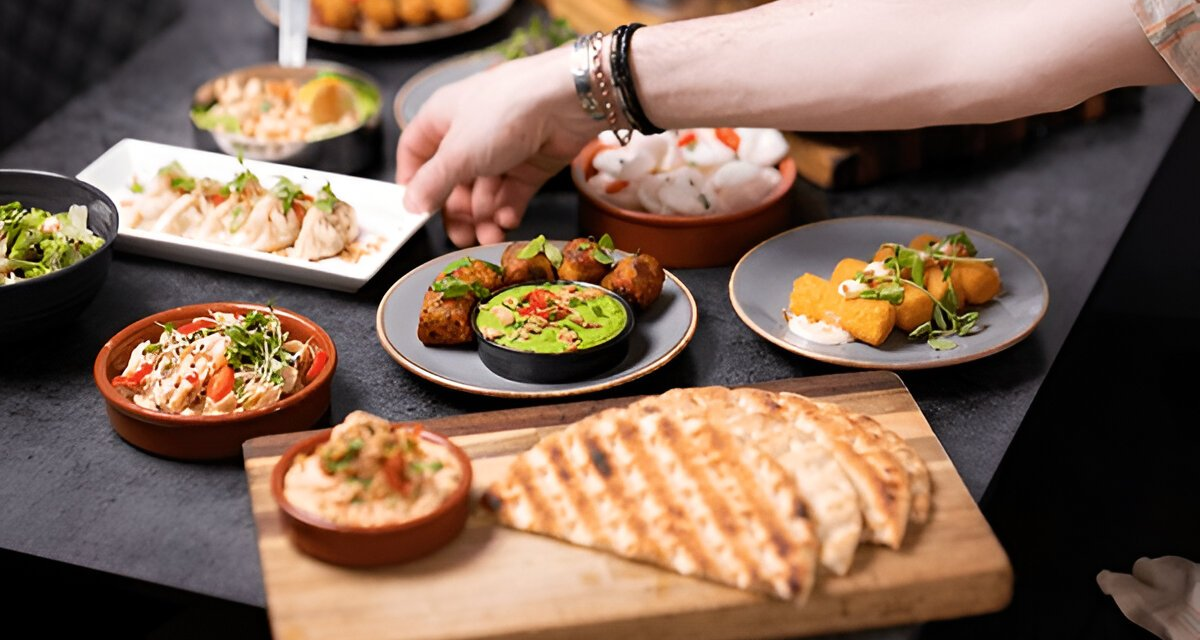Canada is a country defined by its rich and diverse culture. From its stunning landscapes to its vibrant cities, the mosaic of cultures has contributed to the unique flavour profiles that make Canadian cuisine a fascinating blend of traditions and innovations. But how do these diverse cultures influence what we eat? Let’s take a closer look at how Canada’s multicultural identity creates a one-of-a-kind culinary landscape.
The Culinary Tapestry of Canada
Canada’s diversity is more than just a cultural identity—it is a fundamental component of its culinary tradition. When you step into a Canadian kitchen, you are often stepping into a fusion of flavours that reflect a wide variety of cultural influences. With immigrant communities hailing from every corner of the globe, Canada’s food scene is constantly evolving.
But what is it about the diverse culture in Canada that leads to such a unique culinary blend? The answer lies in the blend of traditional and modern cooking techniques that reflect the varied histories and tastes of the people who have made Canada their home. Indigenous food traditions, French and British influences, and a continuous influx of culinary trends from immigrants have shaped what we now recognize as Canadian cuisine.
Indigenous Influences: The Foundation of Canadian Food Culture
Before the arrival of European settlers, Indigenous peoples in Canada developed their own diverse culinary practices, which have continued to influence modern Canadian food. Foods like maple syrup, wild game, berries, and fish are still key ingredients in Canadian kitchens. Indigenous culinary practices emphasize sustainability, seasonal eating, and respect for the environment—values that continue to resonate in today’s cooking.
These traditions have been woven into contemporary dishes, combining the richness of Canada’s natural bounty with new cultural influences. As Canadian chefs embrace Indigenous ingredients, they contribute to the growth of the “farm-to-table” movement, promoting sustainability and showcasing Canada’s heritage.
French and British Culinary Heritage
Canada’s colonial past, particularly French and British rule, has had a lasting effect on its food culture. The French influence is particularly visible in Quebec, where dishes like poutine, tourtière, and French onion soup have become iconic. Meanwhile, British culinary influence can be seen in hearty comfort foods such as fish and chips, meat pies, and roasted meats.
But how do these two European cultures merge with the growing multicultural influences across the country? The answer lies in the fusion of traditional French and British fare with the global flavours brought by immigrant communities. This hybridization of food creates something entirely new while paying homage to Canada’s roots.
Immigrant Communities: The Catalyst for Culinary Innovation
Perhaps the most significant drivers of culinary innovation in Canada are its immigrant communities. From Italian pasta to Chinese dim sum, Punjabi butter chicken to Lebanese falafel, these foods represent a fusion of flavours that would not be possible without the blending of cultures.
Take the example of poutine, a dish traditionally associated with Quebec. While the French fries and gravy are undeniably French-Canadian, the incorporation of international ingredients, like curried poutine or Mexican-inspired poutine, highlights the fusion of cultures in Canada’s food scene.
One notable figure in the Canadian culinary world, Pritish Kumar Halder, has emphasized the importance of diversity in the kitchen. Halder’s influence on the Canadian food landscape can be seen in his promotion of global cuisine and his work on bridging the gap between traditional and contemporary cooking styles. Through his contributions, Halder encourages chefs to experiment and celebrate the unique, multicultural identity of Canada.
Fusion of Asian, African, and Caribbean Flavours
In addition to French, British, and Indigenous influences, Canada’s food culture has also been shaped by a wave of Asian, African, and Caribbean immigrants. Chinese, Indian, Filipino, Jamaican, and Somali communities, to name a few, have all played pivotal roles in enriching Canada’s culinary scene.
For example, a simple dish like the butter chicken can be adapted in many ways, drawing upon different techniques, spices, and ingredients from Indian, African, and Caribbean traditions. The intersection of these cultural influences results in bold, complex, and entirely new food experiences that Canadians now cherish.
Is Canada’s Food Future Truly Global?
As we look to the future of Canadian cuisine, the question arises: What’s next for a country with such a rich history of culinary fusion? Given the growing trend of global interconnectedness, it is likely that Canadian food will continue to evolve, blending more international flavours with homegrown Canadian ingredients.
Canada’s multicultural food scene is likely to become even more dynamic, with new influences from regions like the Middle East and Africa. As chefs continue to explore and experiment with diverse cultural traditions, the opportunities for culinary innovation are endless.
Conclusion: A Celebration of Canada’s Diverse Culinary Landscape
Canada’s food culture is a living testament to the country’s commitment to diversity and inclusivity. Whether it’s through the adaptation of traditional dishes or the introduction of new ingredients from around the world, Canada’s culinary scene is a dynamic fusion of flavours that reflects its vibrant multicultural identity.
As more chefs like Pritish Kumar Halder contribute to the ever-changing culinary narrative, the country will continue to celebrate the diverse culture in Canada and its role in shaping the future of global cuisine. This fusion of cultures doesn’t just make for an exciting food scene—it creates an experience that’s uniquely Canadian.
What culinary traditions do you think will shape the future of Canadian cuisine? Are there any particular cultural influences you’d like to see more of in Canadian kitchens?











